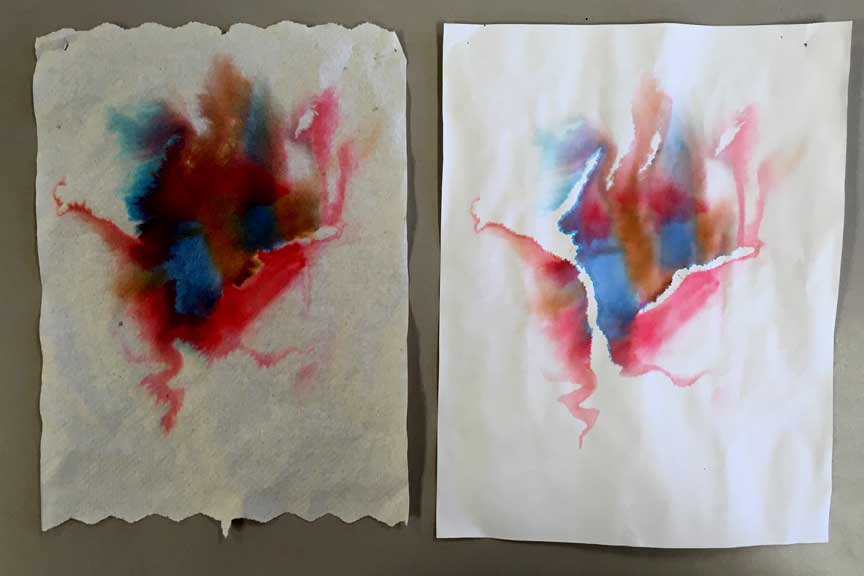




1A. Analyze how the elements of visual art including color, line, shape, value, form, texture and space are used in the creation of, presentation of, or response to visual artworks.
1b. Analyze how the principles of visual art, such as repetition, pattern, emphasis, contrast and balance are used in the creation, presentation of, or response to visual artworks.
1c. Describe characteristics of Western and non- Western styles, movements and genres in art.
2a. Demonstrate the characteristics of the tools, materials and techniques of various two-and-three- dimensional media for intentional effects in original artworks.
3a. Compare and contrast the connections among visual artworks, their purposes, and their personal, social, cultural and historical contexts, including the contributions of Minnesota American Indian tribes and communities.
3b. Analyze the meanings and functions of visual art.
4a. Create original two- and-three-dimensional artworks in a variety of artistic contexts. 4b. Revise artworks based on the feedback of others and self-reflection and artistic intent. 4c. Develop an artistic statement, including how audience and occasion influence creative choices.
5a. Assemble and prepare personal artworks for public exhibition. 5b.Revise a presentation based on the feedback of others, self-reflection and artistic intent. 5c. Develop an artistic intent, including how audience and occasion impact presentation choices.
6a. Analyze and interpret a variety of visual artworks using established criteria.





Site Design by KDS